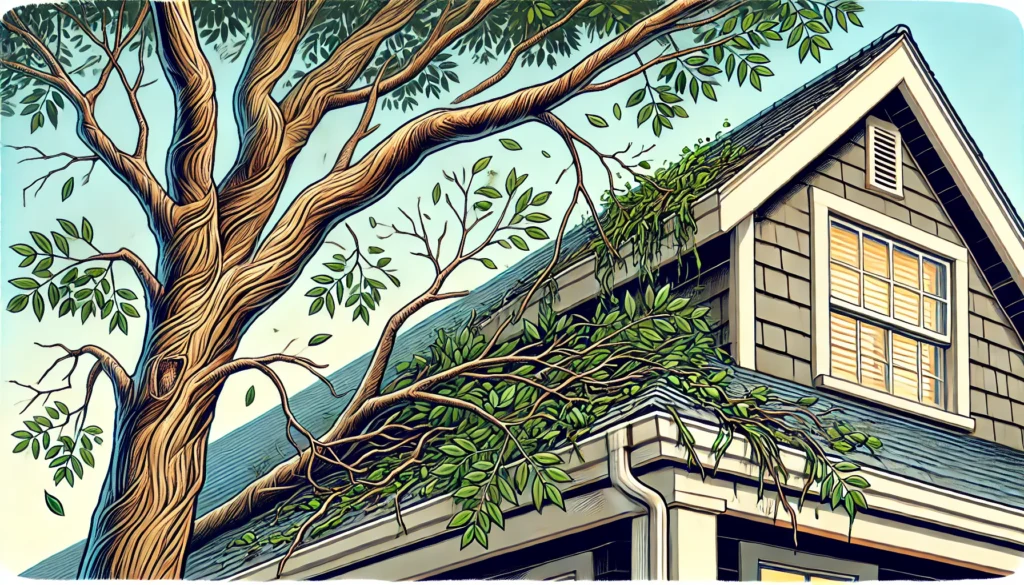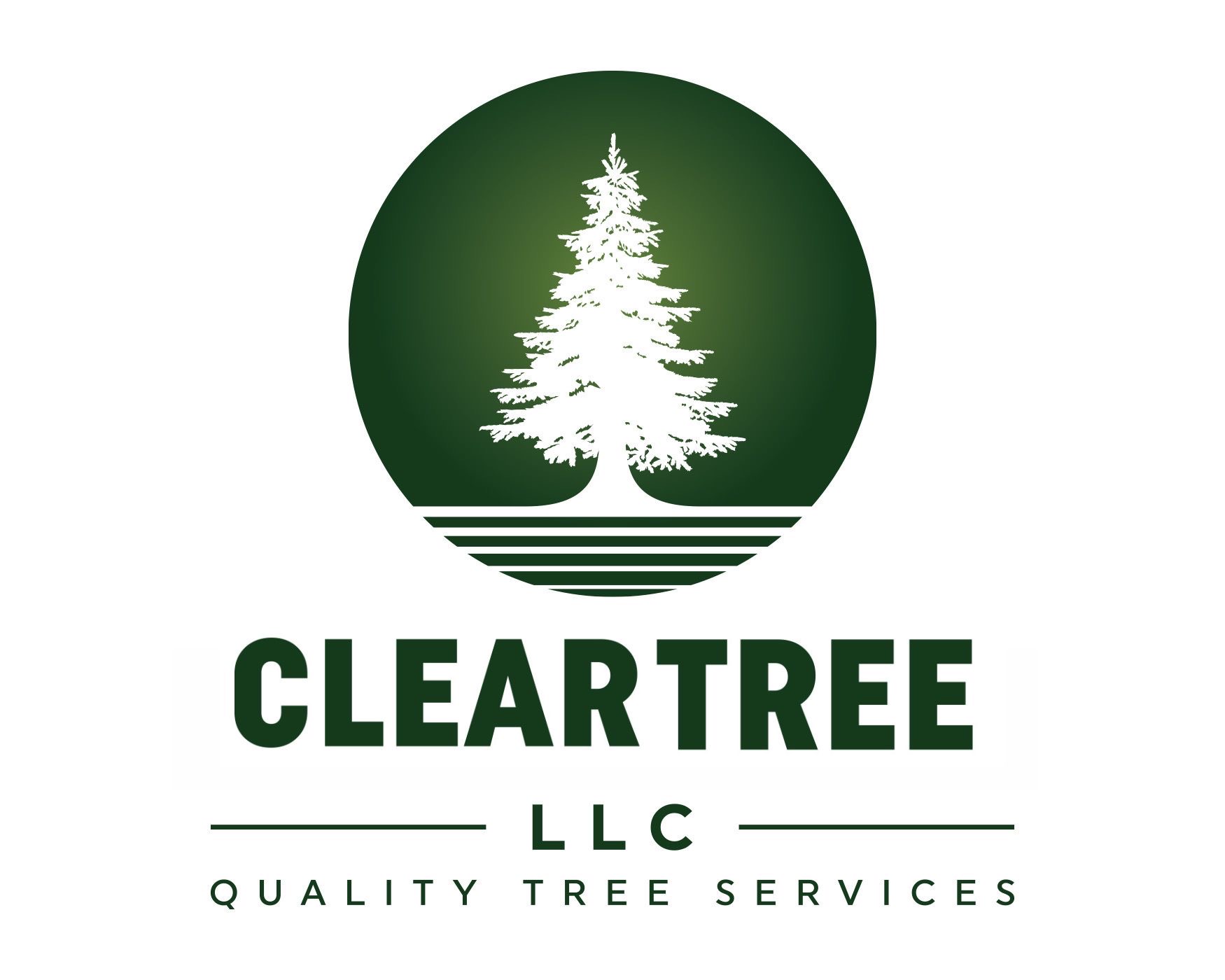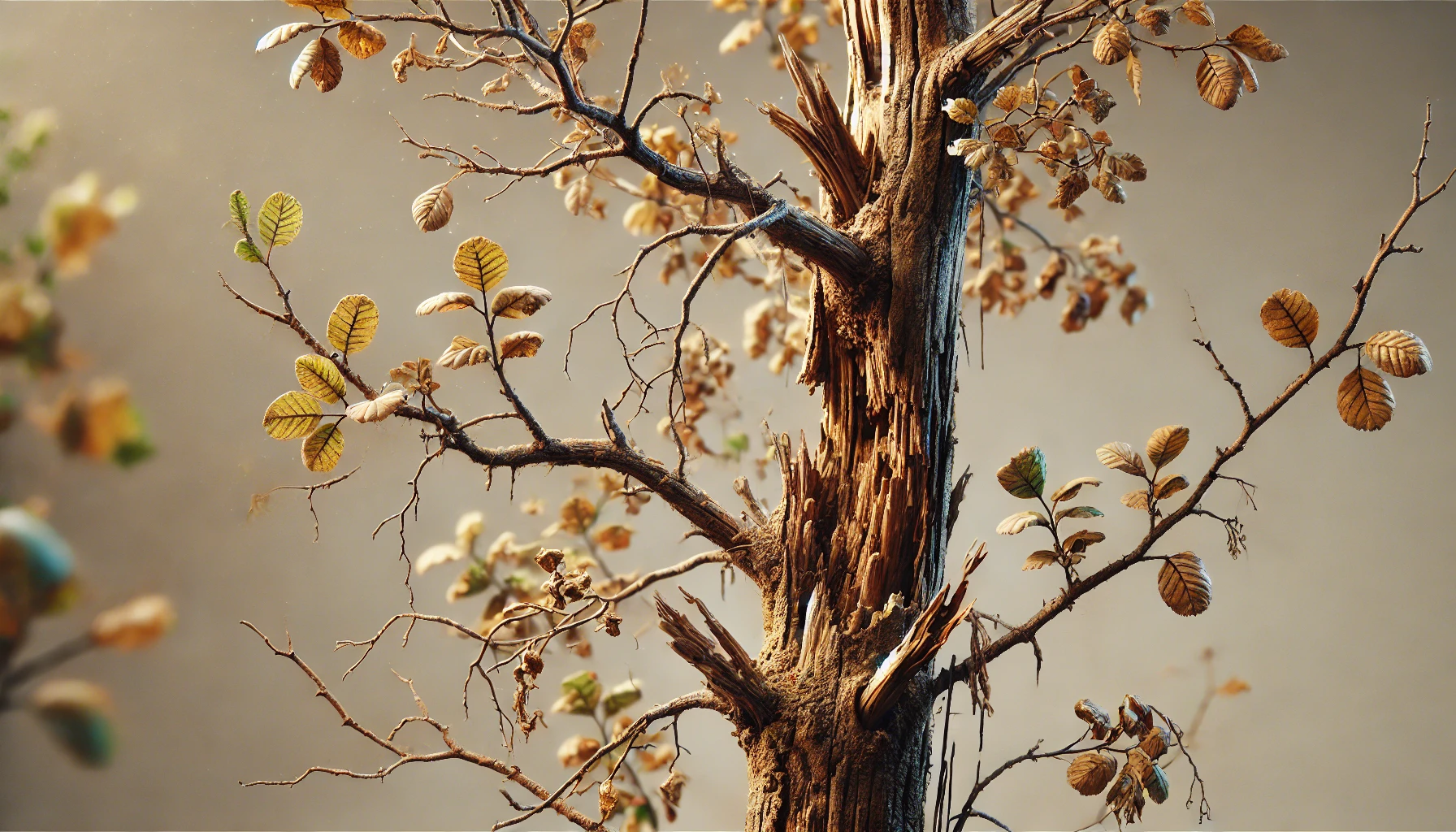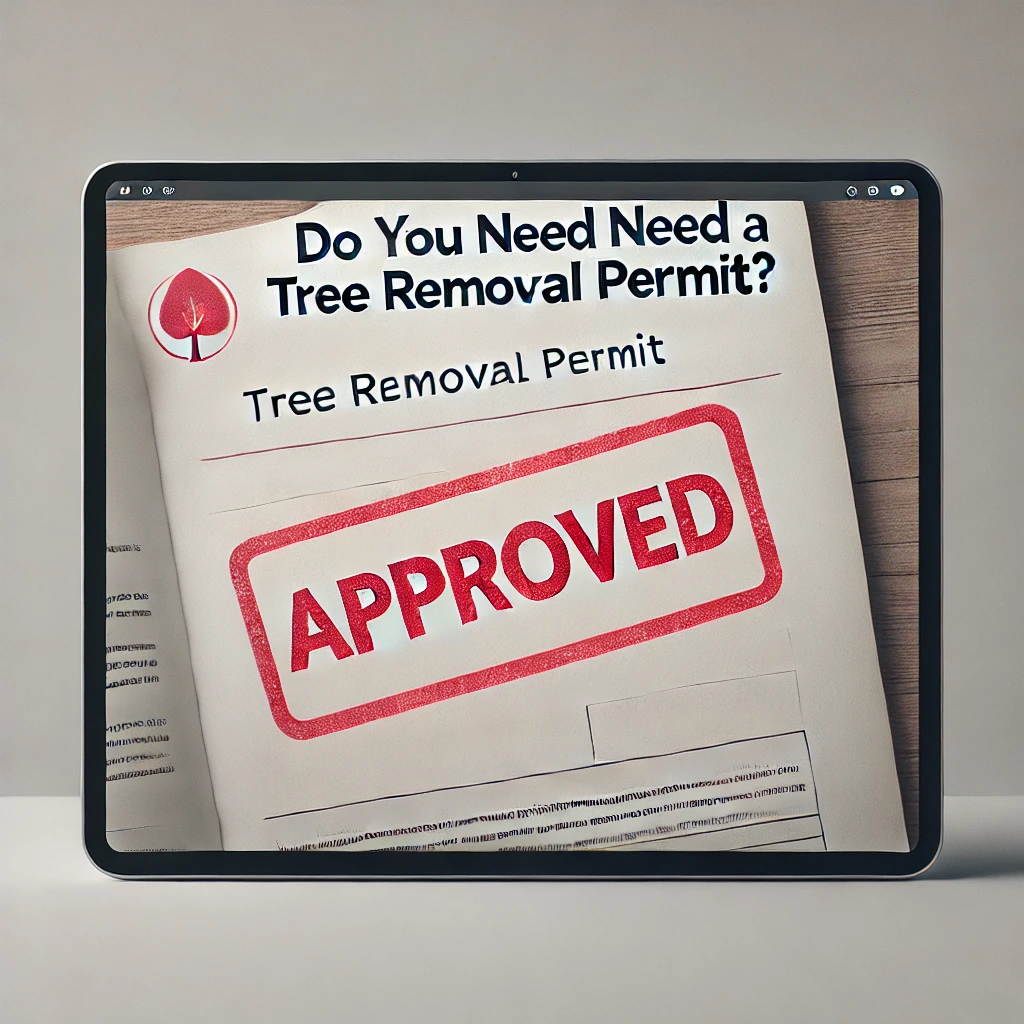House clearance pruning isn’t just about keeping your trees looking nice—it’s crucial for maintaining safety, reducing risks, and even increasing your property value. Here are the key benefits, backed by studies:
1. Helps with Pest Management
According to crosscreekfrisco “Dead or damaged tree branches can attract pests, particularly wood-boring insects. These insects may initially feed on the dead wood but can quickly spread to healthy parts of the tree as they reproduce. Additionally, the presence of insects can attract birds like woodpeckers, which can cause further damage to the tree. A pest infestation can kill a tree that might otherwise recover from the damaged branch.” Removing dead or damaged branches, therefore, is essential to prevent the tree from becoming an attractive nesting ground for pests that could spread and cause further issues.
2. Reduces Fire Hazards

Pruning trees is a crucial practice in wildfire prevention, as emphasized by the U.S. Forest Service. By removing lower branches, pruning reduces the likelihood of ground fires climbing into the tree canopy—a phenomenon known as a “fuel ladder.” Once a fire reaches the canopy, it can spread rapidly and become more challenging to control. The Forest Service advises that pruning lower tree branches can help prevent this escalation, thereby reducing the risk of severe wildfires.
3. Protects Your Roof

Overhanging tree branches can cause significant damage to your roof over time. According to Arborist Now, “when branches start hanging over or touching your roof, they pose potential risks to your home” affecting the aesthetic appeal and potentially compromising the roof’s integrity. Regular maintenance, such as trimming overhanging branches, is essential to prevent these issues and protect your roof’s longevity.
4. Increases Property Value
Properly maintained trees can significantly enhance property value. According to the Arbor Day Foundation, “Research has shown that planting large trees can increase property values anywhere from 3% to 15%.” Realtor
Additionally, a study by the University of Nebraska–Lincoln’s Bureau of Business Research found that trees collectively add more than $31.5 billion annually to private home properties nationwide. UNL News
These findings underscore the economic benefits of well-maintained trees in residential areas.
5. Prevents Limb Failures
Unpruned trees are more likely to lose weak branches during storms. Clearance pruning prevents limb failure by removing or reducing the length of branches that are too close to structures, power lines, or other areas where they could cause damage if they break. Here are some ways clearance pruning helps in preventing limb failure:
Reduces Stress on Limbs: Clearance pruning often involves removing excess weight from the ends of branches, especially those that extend over structures or other high-risk areas. By doing so, it reduces the load and decreases the chances of breakage from wind, snow, or ice.
Minimizes Risk of Weak Branches: Removing weak or damaged branches that extend into clearance zones helps prevent limbs with structural weaknesses from failing.
Improves Tree Health: By selectively pruning, arborists can improve airflow and light penetration through the canopy, leading to healthier growth. Healthier branches are generally stronger and more resistant to breakage.
Reduces Sway and Movement: Pruning back extended limbs helps minimize the “lever arm effect,” where long branches act like levers, making them more susceptible to snapping during strong winds. Shorter branches sway less and are less likely to fail.
Redirects Growth: Clearance pruning encourages the tree to grow in a direction away from structures or other obstacles, leading to more stable growth patterns and reducing the chance of future conflicts.
6. Ensures Insurance Compliance
Proper tree maintenance is crucial for ensuring that homeowners insurance covers damage related to trees. Neglecting tree care can lead to claim denials or increased premiums. Here’s why:
- Preventing Damage: Unmaintained trees are more likely to cause damage to your property. For instance, overhanging branches can damage roofs, and diseased trees may fall, causing significant harm. Insurance companies may deny claims if damage results from neglect.
- Policy Requirements: Homeowners insurance policies often stipulate that property owners must maintain their property, including trees, to prevent foreseeable damage. Failure to do so can result in claim denials.
- Liability Concerns: If a poorly maintained tree falls and damages a neighbor’s property, you could be held liable. Insurance may not cover such incidents if negligence is proven.
According to Nationwide “homeowners’ insurance may not cover its removal if it hasn’t fallen and damaged your insured property. And, as previously stated, if your insurer determines that the tree should have been removed already but wasn’t (due to property owner negligence), you may not be covered in that case either.” Nationwide
Regular tree maintenance, such as pruning dead branches and removing diseased trees, is essential to comply with insurance policies and prevent potential claim issues.
Conclusion: Why Pruning Matters
House clearance pruning is more than just about looks—it’s an important way to protect your home, reduce risks, and increase property value. Studies show that regular pruning helps prevent pest issues, fire hazards, roof damage, and even limb failure. It also ensures compliance with insurance policies and boosts your home’s curb appeal.
If you’re unsure how to prune your trees, consider hiring a professional arborist to help.




